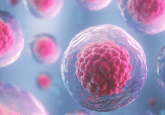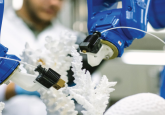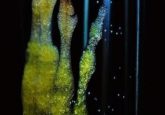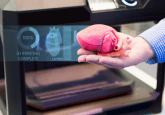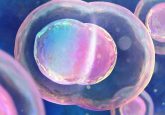Tissue engineers get into the groove
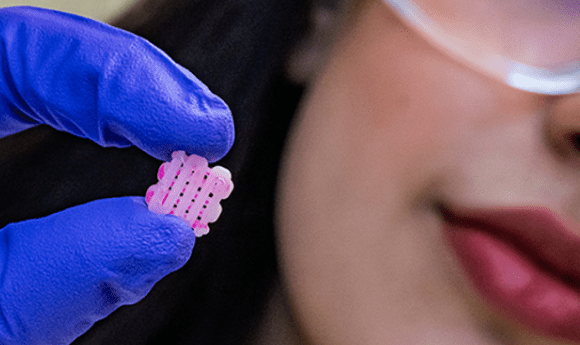
A new method promises to help heal injuries using grooved 3D-printed tissue-engineering scaffolds that can be seeded with living cells.
3D printing has shown promise for wound healing; however, it has also had its problems. For example, scaffold fabrication processes can result in heat and shear stresses that can kill cells. Now, a team from Rice University (TX, USA) has solved this problem, using a commercial 3D printer to engrave grooves into the biodegradable, thermoplastic threads used for the scaffold.
The grooves protect the cells, while also allowing them to be seeded using a bioink in a layered manner alongside bioactive molecules. The resulting hard, 3D-printed scaffold can then be surgically inserted to heal bone, cartilage or muscle, and degrades over time to leave natural tissue behind.
Previous efforts using the 3D-printed scaffold technique have only been able to print a uniform distribution of cells. What’s more, other attempts are using squishy hydrogel scaffolds. The new technique allows for the scaffold to be hard and made in a certain shape based on medical images. This makes it ideal for wound healing, for example during orthopedic surgery.
“We can also load different growth factors on different levels,” explained Antonios Mikos, the team’s leader. “Very high temperatures would deactivate them, but here we can deposit growth factor-loaded microparticles inside the grooves as they cool. That would preserve the bioactivity of the molecule.”
“The major innovation here is our ability to spatially load a scaffold that is 3D printed with different cell populations and with different bioactive molecules,” he concluded.
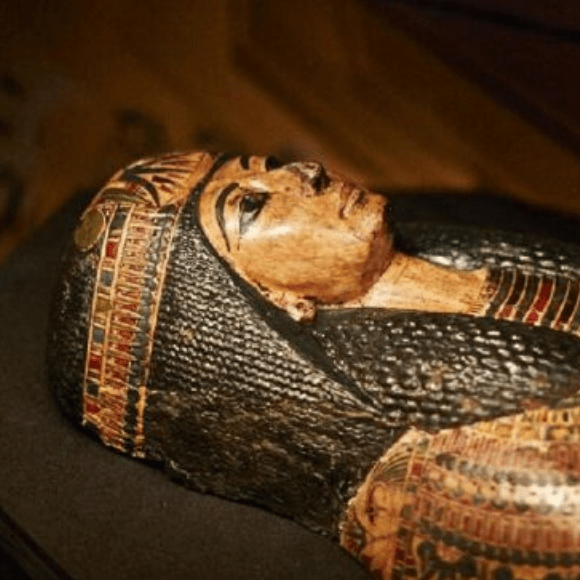 The mummy returns: Egyptian priest Nesyamun ‘speaks’ for the first time in 3000 years
The mummy returns: Egyptian priest Nesyamun ‘speaks’ for the first time in 3000 years
According to Ancient Egyptian beliefs, “to speak the name of the dead is to make them live again.” Utilizing the latest in 3D printing technology, modern-day researchers have taken it one step further, allowing the dead to speak for themselves by recreating the vocal cords of the long deceased.

